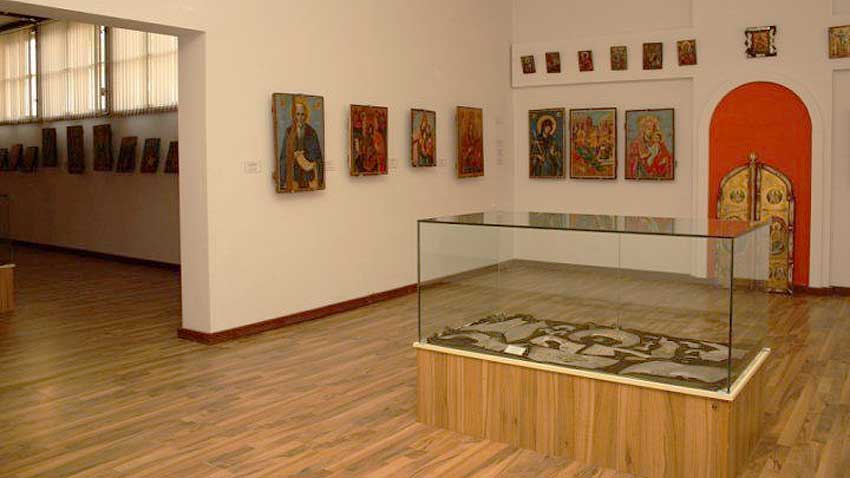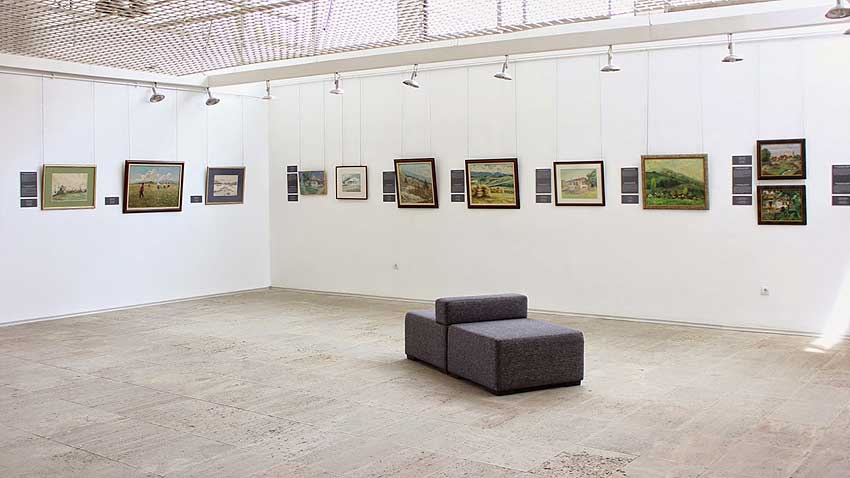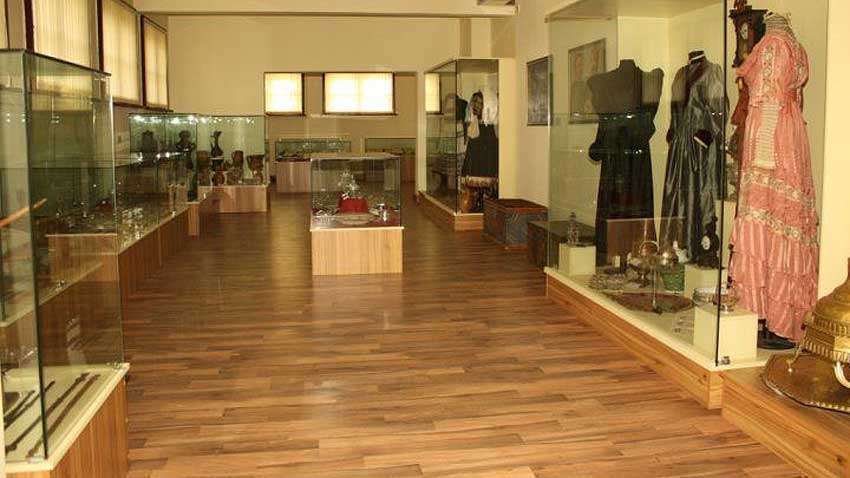Samokov lies just 55 kilometers from Sofia and is best known for its proximity to the ski resort of Borovets. The people who have inhabited these parts through the ages have left abundant evidence – for example stone, wood and paper frescoes can be seen here, as well as Christian Orthodox icons, painted in the style of the local master-painters, tools made of iron extracted in the environs, which are not susceptible to corrosion over time.

All this has been conserved and kept in excellent condition by the numerous museum workers who have worked here, in the museum building. The Museum of History in Samokov was created in 1930 to offer many and different collections. Most of the artifacts the archaeological exposition features are from Thracian times as well as finds from the period of late antiquity. The ethnographic collection presents jewellery, pottery and woodcarvings, whereas the art exhibition shows icons, paintings and photographs made by the first photographic studios in the country. What visitors to the museum find fascinating are the beautiful works of the famed Samokov icon-painting school and especially the works by Zahari Zograph. The exposition features his personal belongings, icons, paintings and documents.
Now the museum in Samokov has more than 30,000 exhibits with more added every day. An important part of the exposition is connected with the old blacksmithing workshops, a reminder that the town was in fact created because of the abundant iron deposits here. Local master craftsmen learnt how to make machinery with water powered sledge-hammers that made iron sturdier. They called them samokov, (meaning an automated hammer) hence the name of the town. Here is the museum’s director Vesselin Hadjiangelov with more about iron smithery in the town that spread its fame far and wide.

“A working model of the famous samokov was unveiled on 10 September. It is almost life-size and can be seen as one enters the town, coming from Borovets. The spot was selected because there was an original samokov here 100 years ago. It is in fact a big sledge-hammer powered by a water-wheel. It was used for the purification of the molten iron forged. This made the iron product sturdier and ready to market. The samokovs appeared somewhere between the 12th and the 14th century, and were probably brought to these parts by miners of German origin coming from Central Europe. They were professionals and brought the sketches for the samokovs with them. That was the time when the iron from Samokov became a hallmark of quality. At Europe’s biggest market-places and the industrial centres of the Ottoman Empire, the measure used was called “Samokov scales”. The iron from Samokov was known never to corrode because the ore mined here was rich in rare metals and as it was processed, the iron acquired the characteristics of steel. Original metal hammers and samokovs are on display in the museum courtyard; they have been out in the open for more than 70 years and not a speck of rust is there to be seen on any of them. Samokov iron is used to make anchors, big fasteners for bridges and ships. This is a trade that kept the local people in money and pushed the town to economic prosperity during the time of the National Revival. Soon art and education thrived here and the famed Samokov art school emerged. Religious affairs flourished, churches were built and icons painted inside them. Official documents show that the population here was mixed – with a Jewish and a Greek quarter, settlers from Albania as well as Turks. Many different religions were practiced and each had its own temple. Even now there are five churches in Samokov as well as a mosque, a synagogue, now monuments of culture open to the public.”

Archaeological excavations are ongoing in and around Samokov, Vesselin Hadjiangelov goes on to say. And adds that the restored Tsari Mali Grad fortress near Belchin village has been part of the museum in Samokov for two years. In that short time it has been visited by over 630,000.
English version: Milena Daynova
Photos: museumsamokov.blogspot.bgAn architectural and cultural monument of national importance, the church of Saint George the Victorious in the town of Kyustendil is located at the foot of the nearby Osogovo Mountain, in Kolusha neighbourhood. The study and restoration of..
We do not need to travel thousands of kilometers to reach holy Christian places and “drink from the miraculous well” of Orthodox faith. Hundreds of churches and monasteries were built on Bulgarian territory with the faith and the hope..
A hard-to-reach fortress rose on a solitary ridge, which was towering above the Asenitsa River. This place built high in the rocks was once sheltering Thracians, Romans, Byzantines, Western Europeans, Bulgarians and Ottomans. One..

+359 2 9336 661
